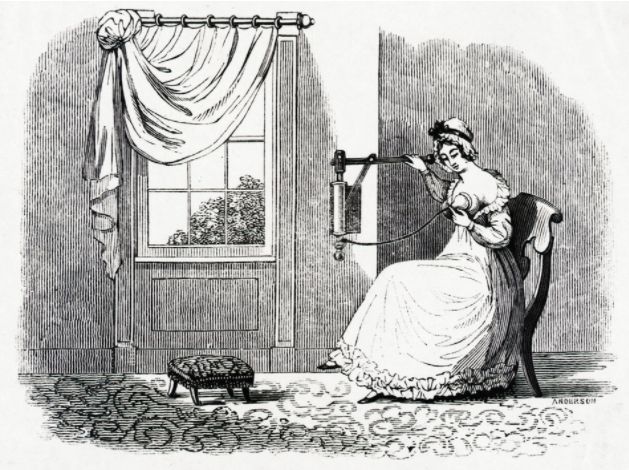Patents on Life: A Brief View of Human Milk Component Patenting
Abstract
Academic research on human milk, often funded by US governmental grants, has shown that this live substance has health benefits for infants. Since the 1980's, researchers have been looking for the magic bullets in human milk that bestow various health benefits to breastfed infants. Molecular cloning/genetic engineering has provided researchers with a way to create components in the lab so that formula-fed infants can receive some health advantages possibly similar to those enjoyed by breastfed infants. Researchers believe that their inventions not only benefit premature and full-term infants but also may benefit children and adults in other applications.
Research into human milk and its health benefits has resulted in numerous patents. This paper offers a brief glimpse at six of the many U.S. patents on human milk components: human lactoferrin, human milk oligosaccharides, the probiotic derived from human milk-Lactobaccillus reuteri, and 3 of the Prolacta Bioscience (the for-profit milk bank that developed the first human milk-based infant formula) patents. Questions are briefly raised about these patents. Are they patents on life? Is this biopiracy?

Authors retain all copyrights. In making a submission to World Nutrition, they are certifying that all material is theirs except quotations, as indicated, and that they have obtained permission for any photos, tables, or graphics taken from other publications or websites.




